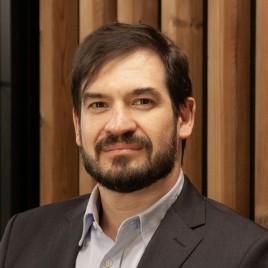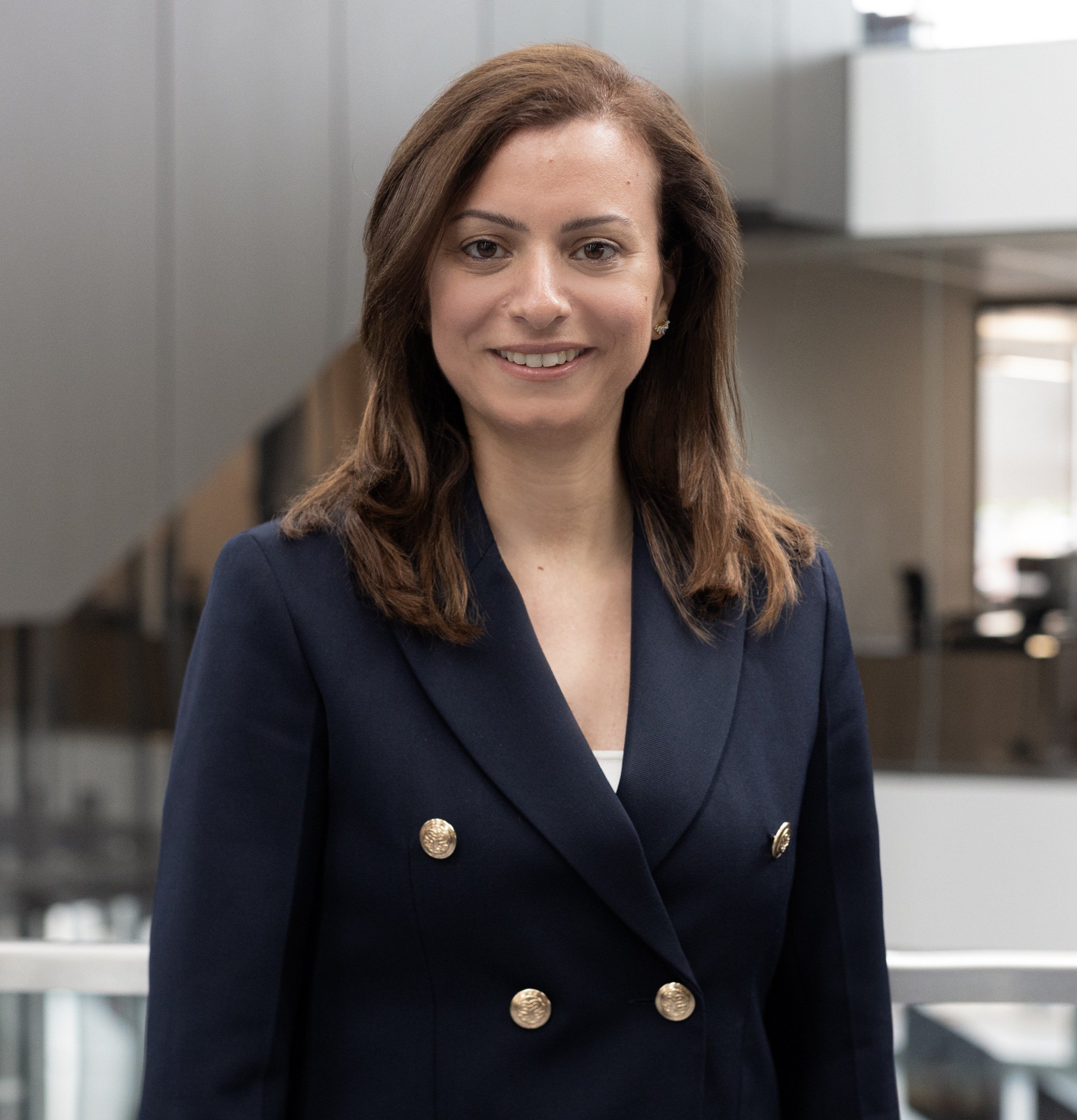By 2030, Brazil’s population aged 60 and over will reach 50 million, up from 30 million today. This demographic shift is accelerating alongside rapid urbanization, placing immense pressure on cities to adapt.
Without urgent investment in sustainable and accessible transit, Brazil and other global cities facing similar trends risk embedding long-term inequality, congestion, and environmental harm into their urban fabric.
The infrastructure challenge
As cities grow and populations age, the demand for inclusive infrastructure intensifies. In Brazil, the strain on public budgets is compounded by rising pension and healthcare costs, making it harder to fund the large-scale infrastructure needed to support mobility for all.
In São Paulo alone, nearly 20 million people live in the metropolitan area, and providing sustainable mobility at this scale requires significant capital investment.
Mobility is a fundamental enabler of access to healthcare, employment, education, and social connection. For older adults, especially those with reduced physical mobility, the absence of reliable and affordable public transport can lead to isolation and declining well-being.
Yet, over half of residents in Brazil’s large cities still rely on private vehicles, contributing to severe congestion and making Brazil one of the most traffic-congested countries in the world.
The environmental cost of car dependency
Brazil’s car-centric transport model has far-reaching environmental consequences. Passenger transport alone emits 87 million metric tons of CO₂ annually. This is equivalent to powering 173 million Brazilian homes for a year or taking 174 million transatlantic flights. It would take 103 million acres of forest to absorb that carbon each year.
Beyond emissions, this model contributes to air pollution, respiratory illness, and lost productivity. Time spent in traffic is time lost from work, rest, or family life. These are economic and social costs that disproportionately affect lower-income and older populations.
Why mass transit is essential
High-quality mass transit is the only viable solution for dense urban areas. Roads alone cannot meet the daily mobility needs of millions. Yet, as is the case in so many countries, significant numbers of residents in Brazilian cities lack access to mass transit.
Curitiba in southern Brazil is a notable exception, having pioneered a Bus Rapid Transit system that integrates with the city’s urban design through features such as dedicated bus lanes, high-capacity vehicles, and integrated ticketing. This model has become a global benchmark for transit-oriented development, enabling fast, efficient, and affordable transit across the city.
The case for electromobility
To address both equity and environmental concerns, cities must go beyond traditional mass transit and embrace electromobility – mass transit such as buses and trains that are powered by clean electricity. This shift reduces emissions, improves air quality, and lowers noise pollution, which in turn improves daily commutes and supports economic growth. However, it also demands substantial upfront investment in grid capacity, charging infrastructure, fleet procurement, and technical training.
The technology for electromobility already exists. What is needed now is the political will, financial commitment, and public support to implement it on a scale.
In order for this to have a major impact on decarbonizing our world, we must look to implement and scale these solutions not just in Brazil or Latin America, but globally. Only then can we legitimately claim to have found the right balance between prioritizing human needs and that of our natural world.
Sidara’s role in the transition
Sidara companies are applying these solutions in markets around the world, and are playing a central role in Brazil’s mobility transformation. TYLin is leading the charge on electromobility, having supported over 700 kilometers of rail projects and enabling 8.2 million daily passengers. Its work has already contributed to a reduction of 625,000 tons of CO₂ equivalent per year from existing subway lines.
Meanwhile, Penspen brings expertise in energy infrastructure, including hydrogen and renewables, ensuring the grid can support the demands of electric transit. Perkins&Will and Dar contribute architectural and engineering design for inclusive, human-centered transit hubs that serve all ages and abilities.
Together, these firms are helping cities around the world bridge the gap between ambition and implementation.
Financing the Future
One of the biggest barriers to progress is funding. In Brazil, public-private partnerships are helping to accelerate delivery by bringing in private capital and expertise. Sidara is supporting a dozen such partnerships in urban mobility, including the electric mobility project in Curitiba.
This initiative aims to transition the city’s BRT system to 100 percent electric buses and is expected to reduce emissions by 232,000 tons of CO₂ equivalent over 15 years.
A Vision for Inclusive, Sustainable Cities
The future of urban mobility in Brazil and in cities around the world depends on the ability to deliver clean, reliable, and inclusive transit systems. Public support for these investments is strong, even among those who do not use public transport themselves. People recognize that cleaner, more efficient cities benefit everyone.
Brazil’s aging population is not a burden. It is a catalyst for change. By investing in sustainable mobility today, cities can ensure a higher quality of life for all generations tomorrow. Now is the time for cities, policymakers, and industry leaders to work together to create inclusive, sustainable mobility solutions for all generations.

